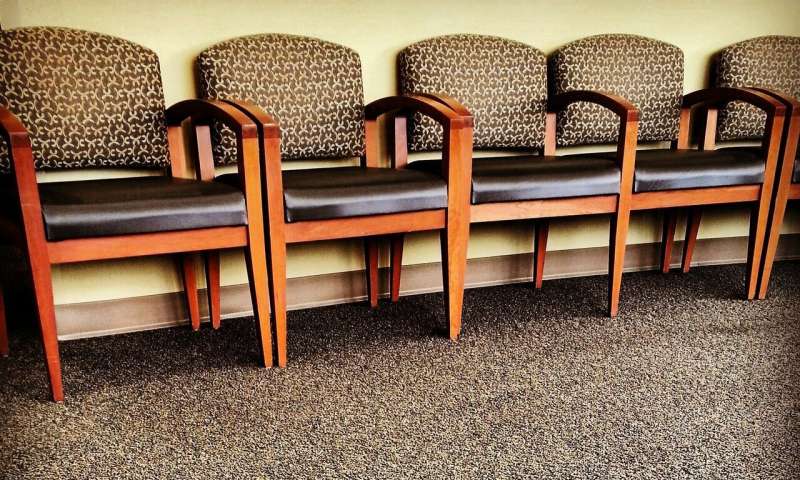
Hospitals are resuming non-urgent procedures, and doctor’s offices are reopening as the peak of the coronavirus pandemic appears to be passing in the Philadelphia-area.
Pennsylvania Gov. Tom Wolf has authorized providers to reopen so long as they have sufficient protective equipment, staff, and capacity to treat both patients who are positive for COVID-19 and those who are not.
Here’s what you need to know about going back to the doctor.
Without a vaccine for COVID-19, there is a risk of exposure anywhere you go—including the doctor’s office. But hospitals and doctor’s offices are taking extra steps to reduce that possibility (more on those steps below).
It is important to weigh the risk of contracting the virus with the risk of other health conditions worsening by not seeking medical treatment. Talk to your doctor about your medical concerns, and together you can decide whether an in-person visit is a good idea or whether you may be a good candidate for a video or telephone visit.
“Don’t be reluctant to return if you haven’t been there in a while,” said Lawrence John, president of the Pennsylvania Medical Society and a family physician in Pittsburgh. “Continuity of care is important, especially for a chronic condition like diabetes, hypertension, and heart disease.”
You can limit your risk of contracting the virus by practicing social distancing, wearing a face mask, and using hand sanitizer liberally, especially after handling high-touch surfaces like doors, elevator buttons, and shared office objects, such as a clipboard and pen.
Hospitals treating COVID-19 patients have designated care units for those patients, often with dedicated entrances, to ensure they do not come into contact with patients at the hospital for other reasons. Doctors, nurses, and other medical staff in direct contact with COVID-19 patients do not cross back and forth between coronavirus units and non-coronavirus units.
Doctor’s offices are limiting the number of people in the office at one time by spreading out appointments, asking patients to wait outside or in their car after checking in, spreading out waiting room chairs, and removing their troves of communal waiting room magazines.
Both hospitals and medical offices have stepped up cleaning and disinfecting routines, are requiring patients to come alone, and are screening everyone who walks in the door for COVID-19 symptoms.
Telemedicine has dramatically expanded during the pandemic as a way for doctors to keep in touch with patients without seeing them in person. Doctors have been pleased with how much they can accomplish through a video visit, and many hope to continue using telemedicine when possible to reduce the number of patients coming to their offices.
If you are interested in a virtual visit, ask your doctor if it’s an option. Doctors can evaluate, for example, back pain, a rash or a swollen joint; go over results from an X-ray or MRI; and complete routine check-ups for chronic conditions through video visits. Other types of services, such as a colonoscopy or mammogram, will require an in-person appointment.
Most major health insurers and Medicare have agreed to cover telemedicine visits during the pandemic, but it’s a good idea to double check with your insurer or benefit manager.
People who will be having surgery will likely need to be tested for COVID-19 a day or two before the procedure. On the day of your procedure, be prepared to go alone, as visitors are still not permitted at most medical centers. It may be a good idea to plan in advance how you will connect with family afterward—can you bring a cell phone and charger? Or can the surgeon or a nurse contact your family immediately after the procedure with a status update?
When you arrive, someone will take your temperature and ask screening questions about your potential exposure to the virus, such as whether you or anyone you’ve been in contact with has tested positive, whether you’ve had a cough or fever in recent days, and about any recent travel. If you’re not wearing a mask, you will probably be given one.
Source: Read Full Article


